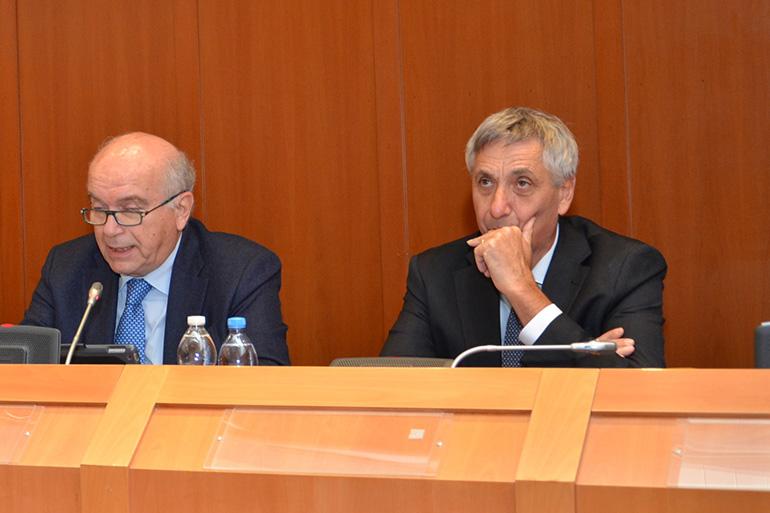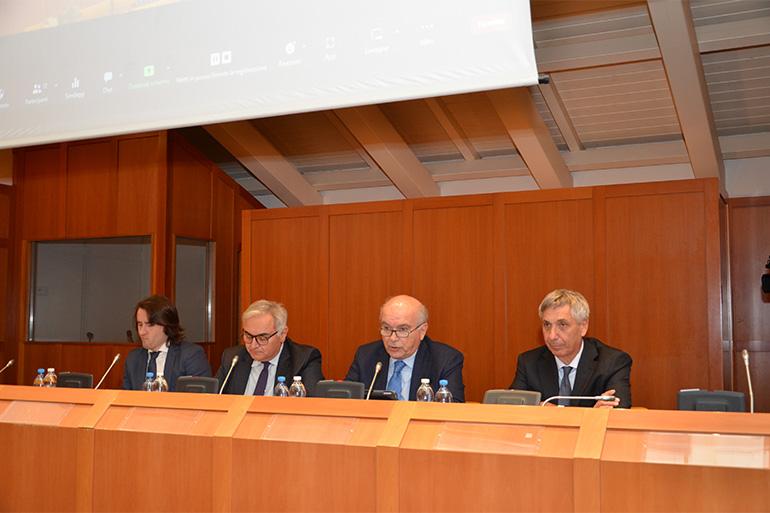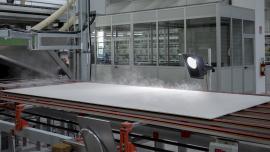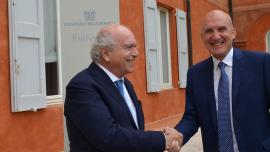The Italian ceramic tile industry’s volumes remain stable with respect to 2021
Total sales are estimated at 458 million square metres in 2022 (up 0.7% on 2021), but the industry’s competitiveness continues to be hindered by spiralling energy costs.
Despite the severe difficulties caused by soaring costs, in 2022 the Italian ceramic tile industry’s production, sales and export volumes remained stable at the previous year’s levels.
According to the preliminary figures compiled by Prometeia and unveiled at Confindustria Ceramica’s end-of-year press conference, the industry sold around 458 million square metres of tiles during the year (+0.7% over 2021 and +13% over 2019), consisting of 364 million sqm of exports (+0.2%) and more than 93 million sqm of domestic sales (+2.6%).
The preliminary figure for production is estimated at around 448 million square metres, a 3% increase.
Exports performed well in the Gulf region and the Far East, remained stable in Western Europe, the Balkans and Latin America, but contracted in markets in Eastern Europe and NAFTA. The domestic Italian market accounted for 20% of total sales, while 48% of volumes were sold elsewhere in the EU and the remaining 32% shipped to markets further afield.
Overall, 2022 saw a gradual weakening in demand from all countries around the world coupled with huge increases in the cost of energy, which resulted in an additional expenditure of more than €1 billion on thermal energy alone.
“Strong levels of demand, especially in the first part of the year, will allow us to post an increase in end-of-year sales. However, there’s nothing to be cheerful about as the staggering increases in the costs of all production factors are placing a severe strain on our companies’ competitiveness,” said Confindustria Ceramica Chairman Giovanni Savorani. “And because the cost of gas elsewhere in the world has not risen as sharply as in Europe, the competitive gap between our companies and those located outside Europe has also widened.”
According to Savorani, the energy crisis in Italy must be tackled first and foremost through structural measures, such as allocating a greater share of domestically produced natural gas to gas-intensive industries. This would have the additional benefit of an immediate reduction in CO2 emissions associated with gas imports and would allow companies in non-electrifiable sectors to maximise their investments in production process decarbonisation, he explained. The association has also called on the government to modify the Superbonus scheme and support liquidity during the current complex situation, which at present is preventing reliable forecasts from being made for 2023.
Did you find this article useful?
Join the CWW community to receive the most important news from the global ceramic industry every two weeks


























